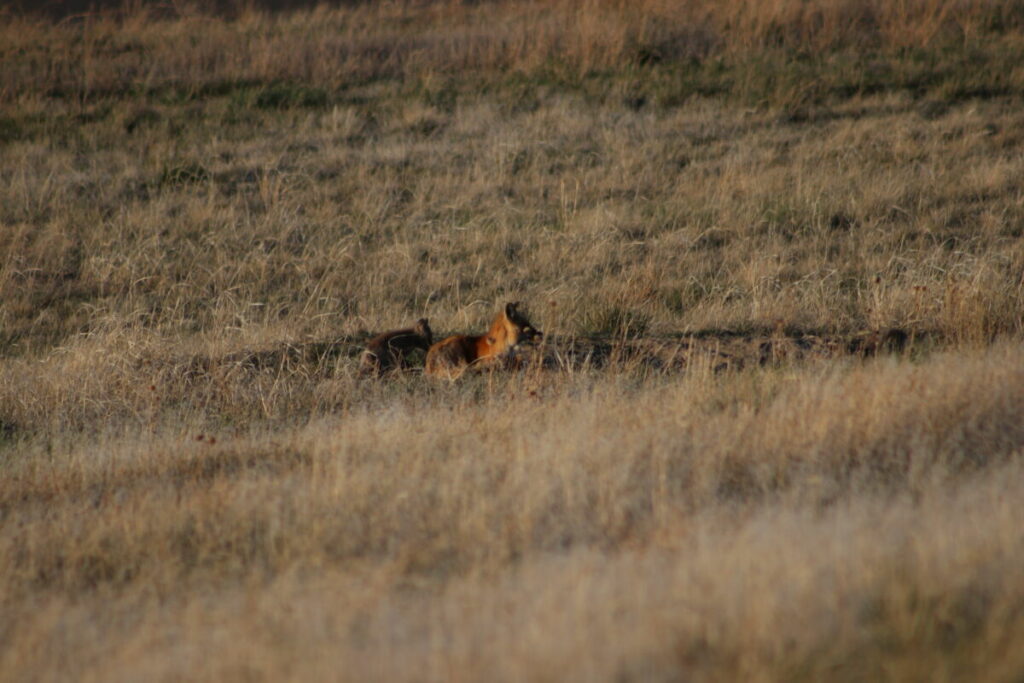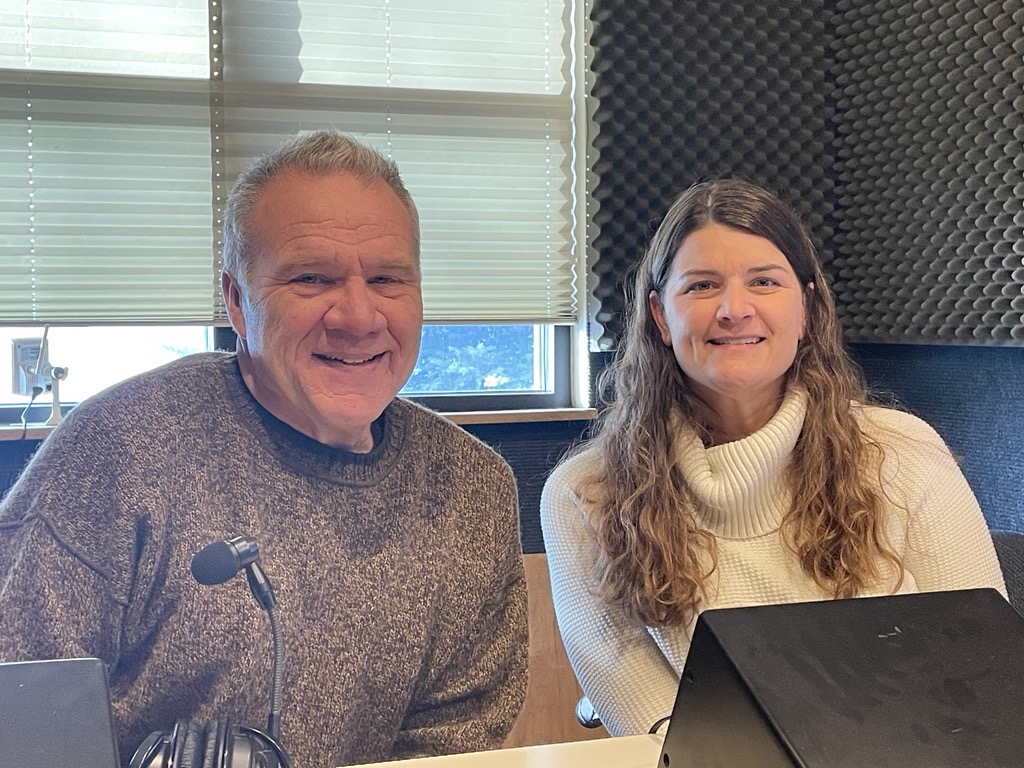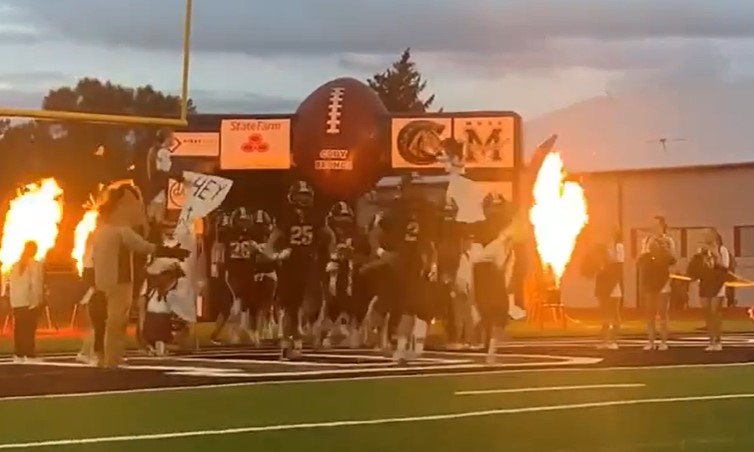7 Essentials For Fall Camping in Yellowstone National Park
Written by Nick on October 1, 2022
There are 365 days in the year and it seems a shame to only use a small fraction of them to go camping in Yellowstone National Park’s beauty.
Summer, or the post-Memorial Day and pre-Labor Day period, is rampant with tourists, regulars, and all the in-betweeners in northern Wyoming, everyone vying for their chance to see just what Yellowstone is all about. That 90 day period can be congested, overwhelming, and yes, wonderful, but if your availability doesn’t fit that timeline or you’d just rather try something different, you have options.
Before you take off at a sprint into Yellowstone the first day of October, surrounded by falling leaves and frosty mornings, make sure to think a little harder about your travel plans than you’re used to.
The first step to take when planning your visit is to check with the ranger stations in the nearest area to where you intend to camp. Ranger stations will have more recently updated and accurate information on the area including weather, animal activity, and even tips of hikes or areas of interest. More than that, it’s necessary that more people than just your best friend know where you plan to spend a few days in the wilderness.
Camping itself is a different task when the weather changes, as everything takes longer and requires both greater quantity and greater effort. If possible, always practice your camping set up at home before your trip so that you can be prepared for any snags or problems.
It goes without saying, but insulation is key to enjoying Yellowstone in the fall. A tent tarp is necessary under your tent to prevent moisture seepage, and a secondary one is recommended to go over your raintrap, just for extra security. Bringing an extra sleeping pad or two can be a life changer, as the cold from the ground will be the sneakiest thing to ruin your nights. Speaking of sleeping, down sleeping boots are an underestimated lifesaver for the colder times of year – wear them inside your sleeping bag for an extra level of cozy. A bivy sack to go around your sleeping bag is both waterproof and can add an extra 10 degrees of insulation.
As we all know in the later months, there’s less light and less time, so be prepared to move a little bit faster and try to win back some of the time for yourself. Stock up on firewood to bring with you (being aware of infestation concerns) and pack at least a third more than you normally would. Food will also take longer to cook, meaning more fuel, and again, more time, so be prepared to start your fires or meals earlier than you normally would.
To increase the length of your adventure, consider ways to add some light to your days and nights – after all, the more light you can see by, the more likely you are to be active, and that’s just another way to keep warm as the winter chills try to creep in. One easy (but not always achievable) tip is to set up your tent where the rising sun will catch it first thing in the morning, both to garner a little extra heat and to create an earlier start to the guaranteed short days. More conventional routes would be to bring lanterns (bonus if they double as bug repellent, just in case), headlamps, and even battery powered string lights to drape around your tent or campsite and encourage later activities.
Another key planning element to enjoying your crisp time in the outdoors of Yellowstone National Park is the right food. A little different from your summer plans might have been, fall and winter rely more heavily on quick, filling meals. As stated before, colder temperatures require more fire, and food or drink takes considerably longer to heat. That being said, one pot and foil-wrapped meals are the ideal route, but so is planning on more grains and fats than you might typically envision with campfire meals. Your body needs to work harder to digest your food, as that digestion is key in keeping your body temperature up.
The set up, plan, and perhaps even the execution has been handled now, but there is no way to explore Yellowstone in the fall without being aware of your surroundings, too. Rivaling the popularity of North American bison, grizzly bears are one of the most notorious animals in the park and most details are not exaggerated. Fall is when the huge bears are preparing for hibernation and packing on the pounds as best they can, which means plenty of roaming for food.
Proper food storage is always a must while camping, but in spring and fall the stakes are even higher. Wash your dishes immediately after use, never keep food in your bags or tent, seal all food once opened, and possibly even invest in bear-resistant food containers. No precaution can go too far when it comes to safety of yourself and your fellow campers.
Speaking of precautions, so much more goes into camping and exploring Yellowstone National Park all times of the year, and these tips are by no means comprehensive, but they should be your priority when planning an end-of-the-season excursion.
To recap:
- Check site availability, possibly for discounted rates
- Contact the ranger station in your immediate planned area
- Insulation is a must! Protect yourself from not just the cooler air, but especially the colder and often damp ground.
- Keep an eye on the time, as days are shorter and many activities take longer than in the summer.
- Add some light to the short days with headlamps, lanterns, and battery-powered string lights for both outside and inside your tent.
- Denser, faster meals will do you wonders, both in saving fuel, daylight/time, and keeping your body working harder, therein staying warmer.
- Stay alert for wildlife in the later months, as mating seasons and migration can cause unexpected visitors to roam a little too close.
Now make your own list, get planning, and make the most of what Yellowstone has to offer – maybe without quite so many crowds.
And on your way into Yellowstone, make a point of stopping in Cody, Wyoming, for a uniquely western experience.




